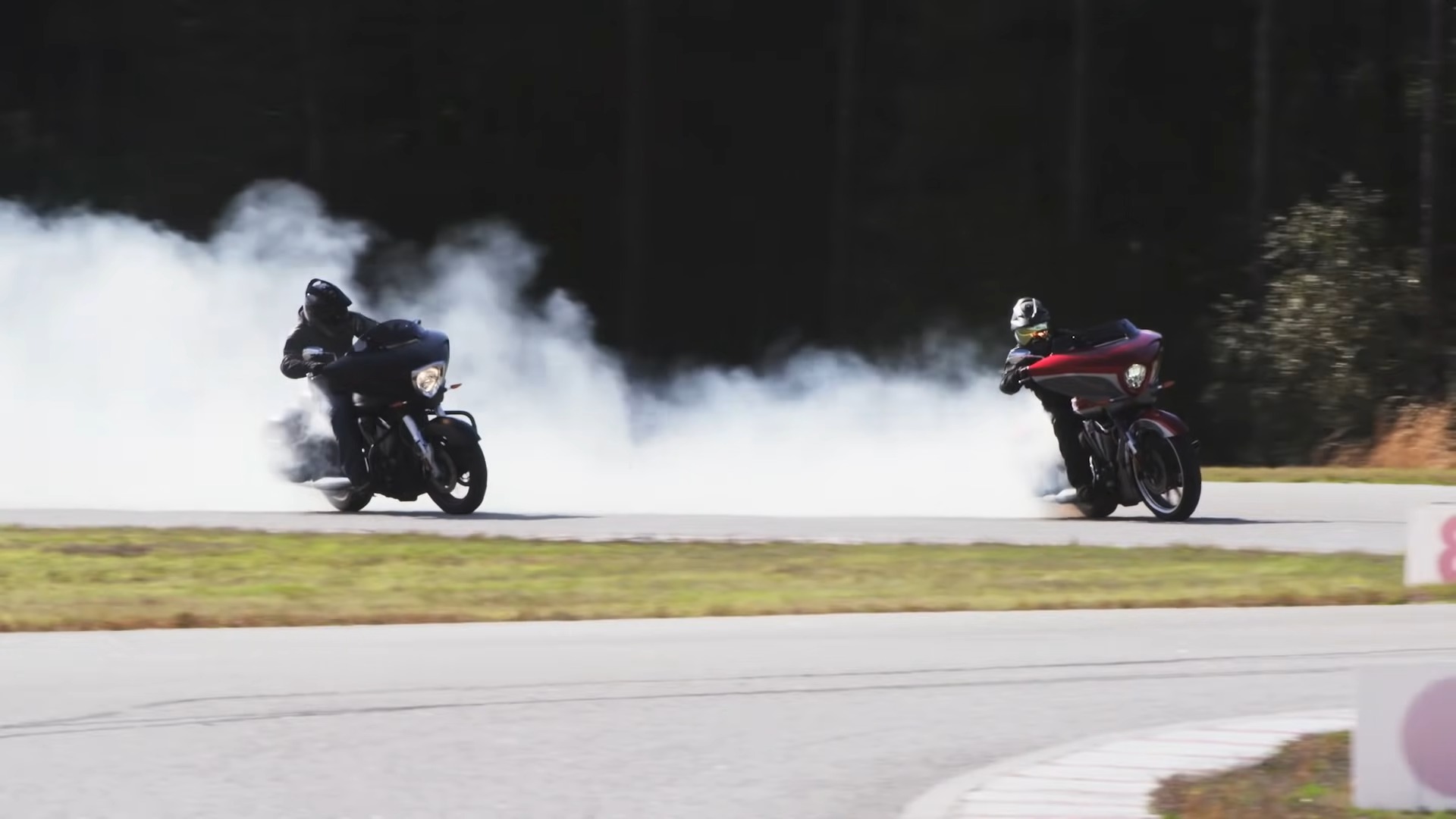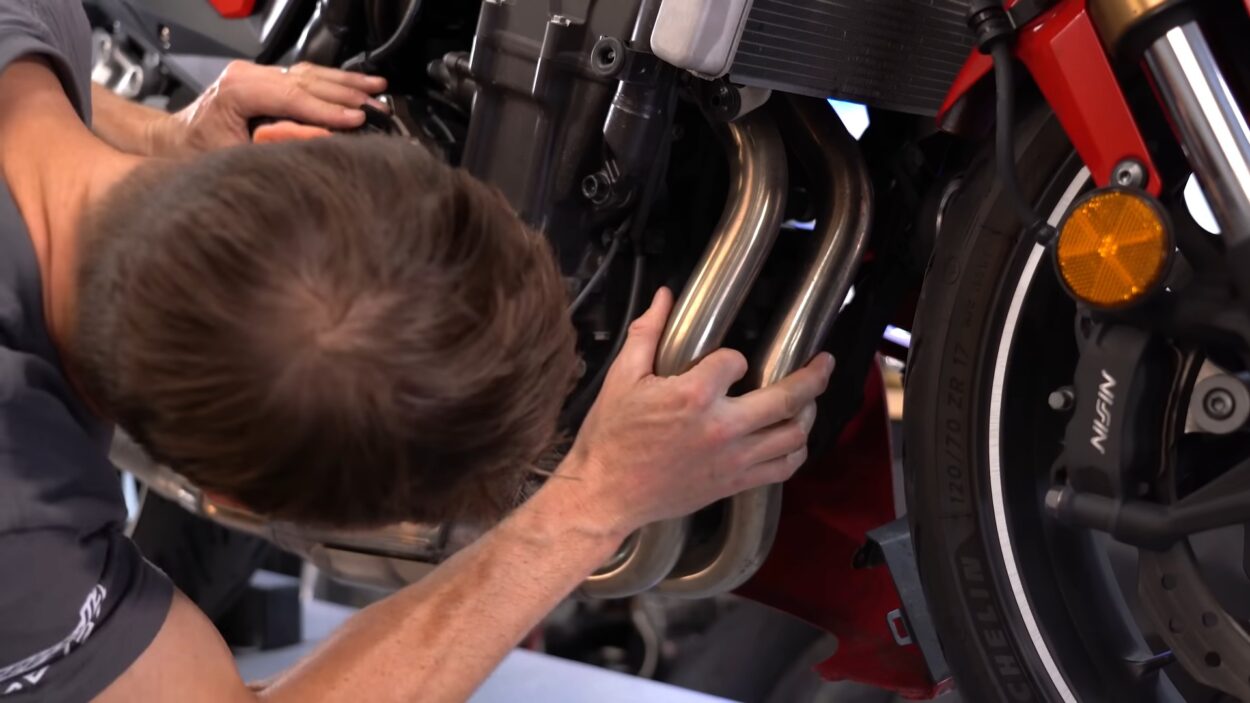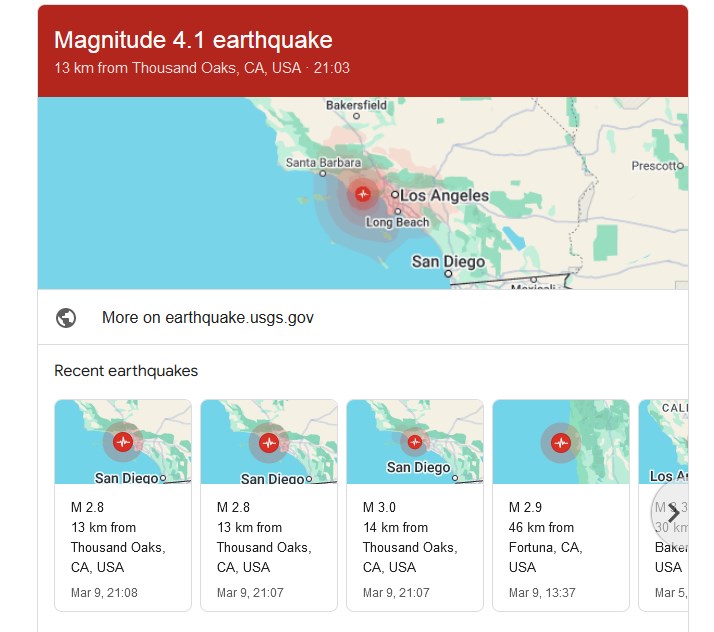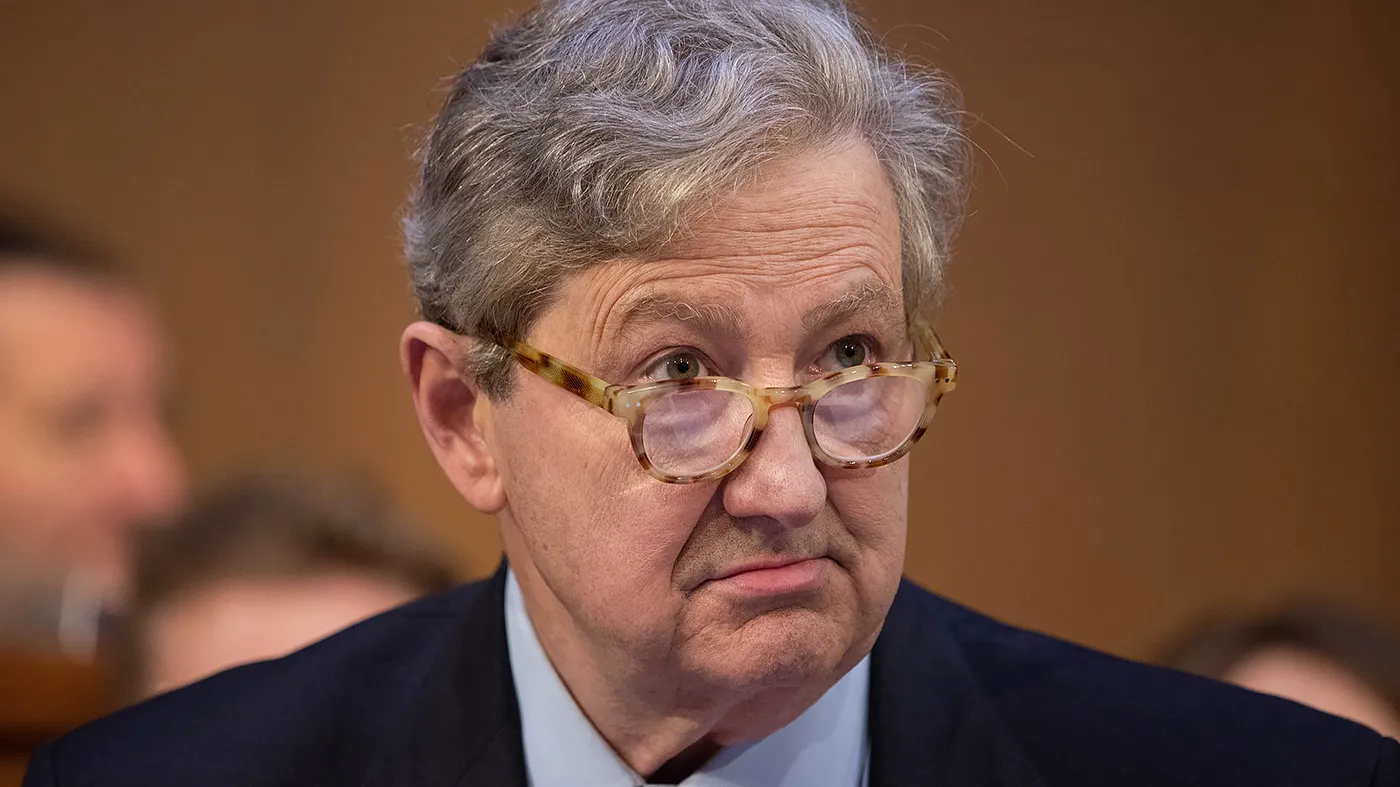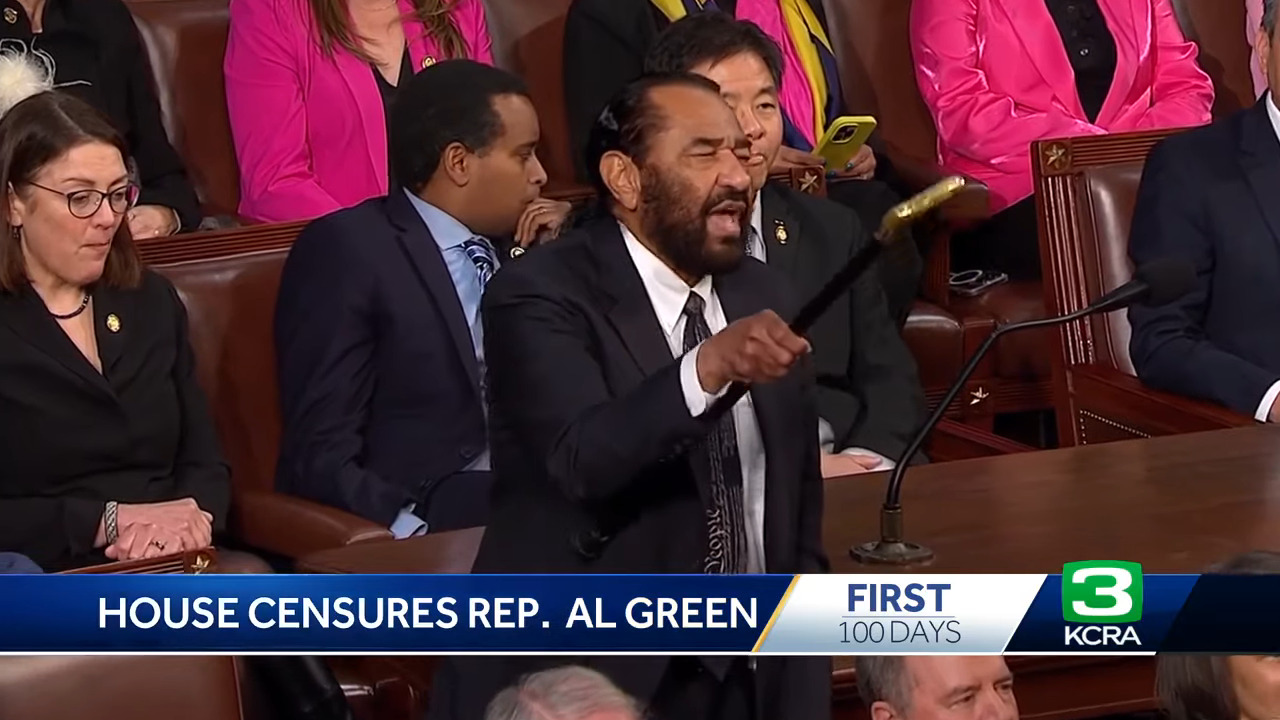Motorcycles, like any other machine, can sometimes act up. One of the most alarming signs of trouble is when your motorcycle starts blowing white or black smoke.
But don’t panic just yet. I’ve been a mechanic for years and have tested numerous vehicles. Drawing from both my personal experiences, let’s get into the reasons behind this phenomenon.
Personal Insight
A vintage bike, a beauty from the ’70s, rolled into my workshop, leaving a trail of thick black smoke. The owner, an elderly gentleman, was visibly distressed.
He shared stories of his youth, riding across the country on that very motorcycle. The bike wasn’t just a machine to him; it was a treasure trove of memories.
After a thorough inspection, I realized the issue was with the worn-out piston rings and a clogged exhaust. As I worked on the bike, replacing parts and cleaning the exhaust, the owner sat nearby, sharing tales of his adventures.
By the time I was done, not only was the motorcycle purring like a kitten, but I had also gained insights into the beautiful bond between a rider and his machine.
Possible Causes
1. Moisture or Condensation Burn Off After a Cold Start
Starting your motorcycle on a cold morning and seeing white smoke is a common sight. But what causes it?
- Condensation Build-up: The most prevalent reason for white smoke during a cold start is due to residual condensation or moisture in the tailpipe. When you ignite your bike in the cold, this condensation heats up, turning into steam and resulting in white smoke. Typically, this should last for just 30-40 seconds. If it persists, there might be a deeper issue at play.
- Duration Matters: If the white smoke continues for more than a minute, it’s a sign of a more significant problem than mere moisture. It’s essential to address this promptly to prevent potential damage.
2. Blown Head Gasket
A blown head gasket can be a mechanic’s nightmare. It’s a critical component that, when damaged, can lead to various issues, including white smoke.
- Coolant Invasion: If your motorcycle’s head gasket is compromised, coolant can seep into the combustion chamber. When this coolant burns, it results in white smoke from the exhaust. This not only affects engine performance but can also lead to more severe issues down the road.
- Sweet-Smelling Smoke: One telltale sign of a blown head gasket is the sweet smell accompanying the white smoke. This is due to the burning coolant. If you notice this, it’s crucial to get your motorcycle checked immediately.
3. Cracked Cylinder Head
The cylinder head plays a pivotal role in your motorcycle’s engine. A crack in this component can lead to white smoke and other complications.
- Coolant Leakage: Similar to a blown head gasket, a cracked cylinder head in liquid-cooled motorcycles can allow coolant or water to seep into the engine cylinder. When this coolant combusts, it’s expelled as white smoke through the exhaust.
- Overheating Risks: One of the primary reasons for a cracked cylinder head is engine overheating. If you’ve been pushing your motorcycle hard, especially in hot conditions, it’s essential to let it cool down and ensure proper maintenance to prevent such issues.
4. Worn Piston Rings Resulting in Blueish White/Grey Smoke
The color and quality of the smoke can often give away the underlying issue. A blueish-grey or silver tint in the white smoke can be quite revealing.
- Role of Piston Rings: Piston rings seal the space between the combustion chamber and the crankcase. Over time, especially in older bikes, these rings can wear out. When this happens, motor oil from the crankcase can enter the combustion chamber.
- Effects of Worn Rings: When this oil burns alongside the fuel, it results in a thick bluish-grey smoke. Not only does this indicate wear and tear, but it also affects engine performance. Riding with worn piston rings can lead to overheating and significant engine damage.
5. Unclean Air Filter Leading to Black Smoke
The air filter is like the lungs of your motorcycle. If it’s not clean, your bike won’t “breathe” properly, leading to issues like black smoke.
- Rich Fuel Mix: A dirty air filter restricts the inflow of air, causing the air-fuel mixture to be fuel-rich. This excess fuel, when combusted, produces thick black exhaust smoke. Over time, this can damage spark plugs and other engine components.
- Maintenance is Key: Regularly checking and cleaning or replacing the air filter can prevent this issue. It’s a simple maintenance task that can save you from more significant problems down the road.
6. Outdated Electronic Computer Unit (ECU)
Modern motorcycles come equipped with an ECU, a vital component that regulates various functions. But like any software, it needs updates.
- ECU’s Role: The ECU communicates with sensors across the motorcycle, regulating functions like air-fuel ignition and exhaust emissions. If it’s not updated or malfunctions, it can lead to issues like black smoke.
- Symptoms of a Faulty ECU: An outdated or malfunctioning ECU can affect the air-fuel ratio, leading to misfires, stalling, and increased black smoke. Regular service and updates can ensure your ECU functions optimally.
7. Issues with Fuel Injectors
Fuel injectors play a crucial role in delivering fuel to the combustion chamber. Any malfunction here can lead to black smoke.
- Carbon Build-up: A clogged or malfunctioning fuel injector can lead to carbon residue build-up. When this residue burns during combustion, it results in thick black smoke.
- Injector Maintenance: Regularly cleaning and checking the fuel injectors can prevent this issue. If you notice erratic behavior in your motorcycle’s performance accompanied by black smoke, the injectors might be the culprits.
8. Expired Engine Oil
Engine oil is the lifeblood of your motorcycle, ensuring smooth operation. However, like all things, it has a shelf life, and using expired or contaminated oil can lead to problems.
- Effects of Old Oil: Burned, contaminated, or old engine oil loses its lubrication properties. The carbon deposits in the oil can burn up inside the engine, leading to thick black smoke being emitted from the exhaust.
- Regular Oil Checks: It’s essential to regularly check your engine oil. If it appears dark or has contaminants, it’s time for a change. Always adhere to the service intervals mentioned in your motorcycle’s manual to ensure optimal performance.
9. Worn or Stuck Float Needle in Carbureted Motorcycles
For those riding older motorcycles with carburetors, the float needle plays a pivotal role in fuel regulation. A malfunction here can lead to black smoke.
- Effects of a Stuck Needle: If the float needle gets jammed or wears out, it can allow excessive fuel into the carburetor. This imbalance means more fuel and less air, causing the fuel to burn hotter and produce black smoke.
- Maintenance is Crucial: If you’re riding a carbureted motorcycle, regular checks and maintenance of the carburetor, especially the float needle, are essential. Addressing issues early on can save you from more significant problems in the future.
10. Inefficient Combustion
Combustion efficiency is crucial for optimal motorcycle performance. Any inefficiencies can lead to various issues, including smoke emissions.
- Causes of Inefficient Combustion: Factors like poor-quality fuel, malfunctioning spark plugs, or incorrect ignition timing can lead to incomplete combustion. This results in unburned fuel particles being emitted as black smoke.
- Regular Tune-ups: To ensure efficient combustion, regular tune-ups are essential. This includes checking spark plugs, ensuring correct ignition timing, and using good-quality fuel.
11. Exhaust System Issues
The exhaust system is more than just a smoke outlet. It plays a role in ensuring harmful emissions are reduced. Any issues here can lead to smoke problems.
- Clogged Exhaust: Over time, the exhaust system can get clogged with soot and other deposits. This can restrict the flow of exhaust gases, leading to increased smoke emissions.
- Regular Cleaning: It’s essential to get your exhaust system checked and cleaned regularly. Not only will this reduce smoke emissions, but it will also ensure optimal performance and fuel efficiency.
FAQ
How do you fix black smoke on a motorcycle?
Black smoke from a motorcycle typically indicates an overly rich air-fuel mixture. To fix this, you should:
- Check the air filter and ensure it’s clean to allow proper airflow.
- Examine the carburetor or fuel injection system for proper fuel delivery.
- Ensure the spark plugs are in good condition and provide a strong spark.
- Inspect the exhaust system for any blockages or clogs.
- If your motorcycle has an ECU, consider getting it checked or updated.
Can the wrong oil cause black smoke?
Yes, using the wrong type of oil or contaminated oil can lead to incomplete combustion, resulting in black smoke. Always ensure you’re using the recommended grade of oil for your motorcycle.
Is black smoke from exhaust oil?
Black smoke can be a result of oil burning, but it’s more commonly due to an overly rich air-fuel mixture. If the smoke has a blue tint, it’s more indicative of burning oil. Pure black smoke often points to excess fuel being burned.
Can spark plugs cause smoke?
Faulty or worn-out spark plugs can lead to incomplete combustion, which might produce smoke. While they might not directly cause the smoke, they can be a contributing factor, especially if they’re not igniting the air-fuel mixture properly.
Can carburetor cause black smoke?
Yes, a malfunctioning carburetor can deliver too much fuel into the combustion chamber, leading to a rich mixture and resulting in black smoke. Regular maintenance and tuning of the carburetor can prevent this issue.
How do I fix white smoke from exhaust?
White smoke can be due to several reasons, including burning coolant or condensation in the exhaust. To fix white smoke:
- Check for a blown head gasket, which can allow coolant into the combustion chamber.
- Inspect the cylinder head for cracks.
- Ensure there’s no excessive condensation in the exhaust system, especially during cold starts.
- Check the quality and level of engine oil, as burning oil can sometimes appear white or blueish-white.
Final Words
Motorcycles are not just machines; they are a passion. That’s why we give them special names. But like any machine, they communicate their health and needs through signs, like smoke.
Understanding these signs and addressing them promptly ensures not only the longevity of your beloved ride but also countless safe and memorable journeys ahead. Always remember, the heart of your motorcycle lies in its engine, and its pulse is echoed in its exhaust.
Listen to it, care for it, and it will serve you faithfully for years to come. Safe travels!

